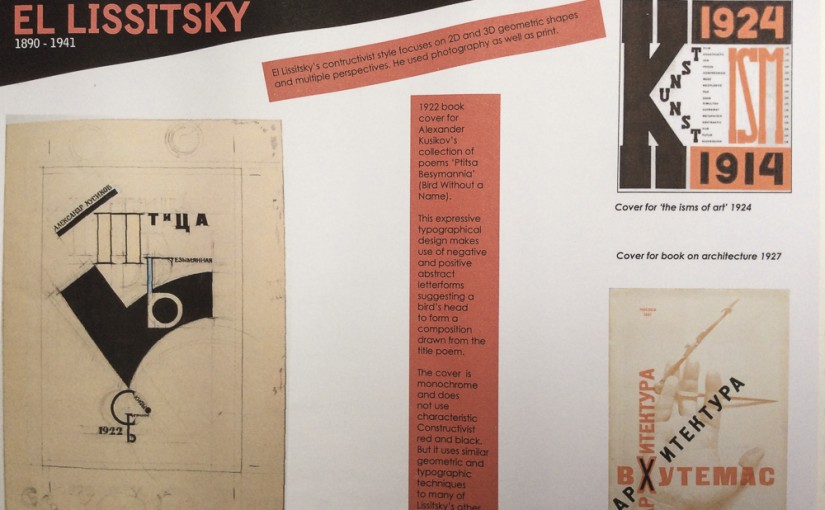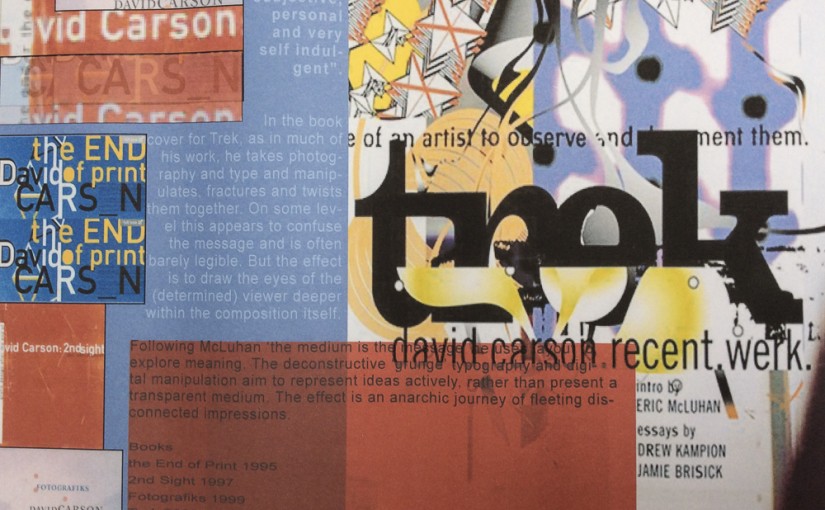Author: lindamayoux
-
Typographic Art
Typography Artists Google Visual and Concrete Poetry David Daniels The Gates of Paradise alternative site Typographic portraits ecvphoto abduzeedo http://blog.creativityden.com/the-beauty-of-typographic-portraits http://www.hongkiat.com/blog/28-excellent-examples-of-typographyportraits http://www.splashnology.com/blog/typography/391.html http://www.templates.com/blog/art-text-stunning-typographic-portraits-partii http://www.graphicdesignblog.org/incredible-typographic-portraits/ http://www.posttypography.com/alphabet/gallery.html Tutorials Illustrator Type on a Path Abduzeedo Tutorial http://www.psdtop.com/blog/photo-effects/typographic-portrait-likegrammys-posters/ http://10steps.sg/tutorials/photoshop/make-yourself-an-amazingtypographic-portrait/ http://naldzgraphics.net/tutorials/how-to-create-a-simple-face-text-portrait-inphotoshop/ http://layersmagazine.com/photoshop-cs4-a-picture-worth-a-thousandwords.html http://www.photoshopessentials.com/photo-effects/text-portrait/ Creative uses of typefaces Bembo’s Zoo : really fun animates flash site of making text into animal pictures Letter…
-

El Lissitsky
Lazar Markovich Lissitzky (1890 – 1941), better known as El Lissitzky was a Russian artist, designer, photographer, typographer, polemicist and architect. He was an important figure of the Russian avant garde, helping develop suprematism with his mentor, Kazimir Malevich, and designing numerous exhibition displays and propaganda works for the former Soviet Union. His work greatly…
-

Wolfgang Weingart
Wolfgang Weingart (born 1941 in the Salem Valley in southern Germany) is an internationally known graphic designer and typographer. His work is categorized as Swiss typography and he is credited as “the father” of New Wave or Swiss Punk typography. “I took ‘Swiss Typography’ as my starting point, but then I blew it apart, never…
-

David Carson
David Carson (born September 8, 1954) is an American graphic designer, art director and surfer. He is best known for his innovative magazine design, and use of experimental typography. He worked as a sociology teacher and professional surfer in the late 1970s. From 1982 to 1987, Carson worked as a teacher in Torrey Pines High School in…
-
Dada
Dada Google images Edited from Wikipedia article Dada (/ˈdɑːdɑː/) or Dadaism was an art movement of the European avant-garde in the early 20th century. The beginnings of Dada correspond to the outbreak of World War I. For many participants, the movement was a protest against the bourgeois nationalist and colonialist interests, which many Dadaists believed were…
-
Art Deco
Art Deco Google Images Art Deco, or Deco, is an influential visual arts design style that first appeared in France after World War I and began flourishing internationally in the 1920s, 1930s and 1940s before its popularity waned after World War II. Deco emerged from the interwar rapid industrialisation that was transforming culture. The style is…
-
Art Nouveau
Art Nouveau is an international philosophy and style of art, architecture and applied art – especially the decorative arts – that was most popular during 1890–1910. Art Nouveau is known as Jugendstil in Germany, Modern in Russia, Modernisme in Catalonia, Secession in Austria-Hungary and Stile Liberty in Italy. Art Nouveau tendencies were also absorbed into local styles. In Denmark,…
-
Anatomy of a book
See post on bookbinding Flatpan A fl atplan is an overall guide to the editorial structure of the book that is adapted by the designer and editor together. It maps the book’s extent (number of pages), main elements and where colour and images can be used: front matter (or ‘prelims’): the frontispiece – usually a recto (righthand page)…
-
Book Design Process
Working to a ‘Brief’ A book designer generally works to a ‘brief’ – a specific set of requirements for a particular project. The brief may be set by an external agency, or it may be self-initiated. The scope of the brief may vary in terms of how much creative input the designer can exercise. In some assignments the designer…
-

Fanzines
It was first used by US sci fi enthusiast Louis Russell Chauvenet in 1940 and by 1949 was in common use. ‘Fanzine’ was abbreviated to ‘zine’ in 1970s. The rise of fanzines was part of the punk subcultural response to mainstream society – in this case, mainstream print. Distribution: Zines were hand-made publications produced in…
